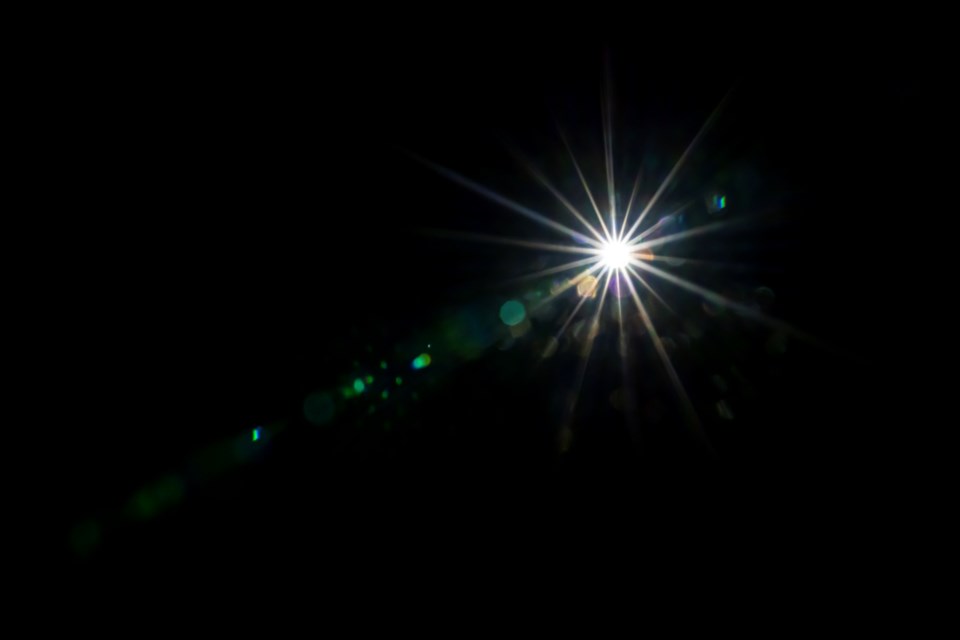The universe is a massive, mysterious place; our solar system, and specifically the human race, plays only a minor role in the greater span of the universe. The observable universe, 45.7 billion light-years large, is only what humans have been able to discover. But the entire universe is thought to be than that.
Much of what we do know about the observable universe has been documented by telescopes, such as the, since the universe is too vast for human exploration. Our solar system is one of many solar systems within our galaxy, and our galaxy is only one of many galaxies within our universe.
Stacker researchers investigated different structures in the universe and ranked them in order from largest (universe) to smallest (subatomic) and everything in between. These rankings include structures found in outer space, such as nebulae, galaxies, and planets, as well as such things as Mount Everest, human 小蓝视频s, and elements on our home planet Earth.
While researching structures or particles that are much smaller than we may have ever thought possible, such as quantum foam, performing research on the depths of space has proven to be much more challenging. Through our understanding of the world around us on Earth, we can use science to deepen our understanding of events that happen on even subatomic levels. The same cannot be said for certain parts of outer space and our universe. Scientists are always learning new things about what's "out there," and no sort of guidebook exists for what to expect.
Read on to learn about the scale of the universe.
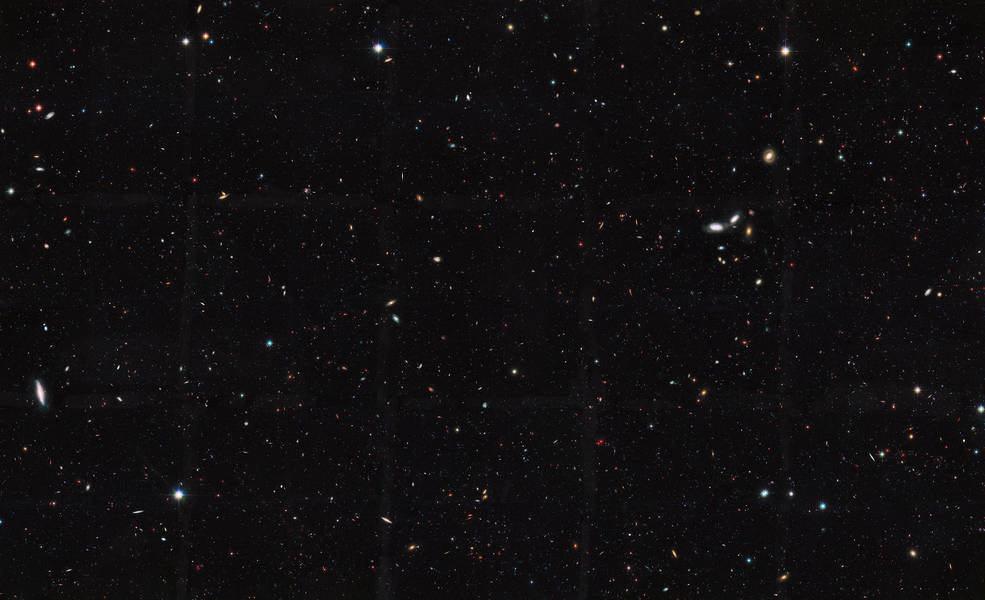
NASA Hubble // Flickr
The observable universe
Size: 45.7 billion light-years
The has been a major topic of discussion for years. For many decades, scientists believed the universe was 13.75 billion light-years (one light-year equals about 93 million miles), determined by multiplying the speed of light (186,282 miles per second) by the time that has elapsed since the Big Bang (13.75 billion years). However, after making adjustments for when the light was produced, universe expansion, and acceleration, a group of astrophysicists in 2005 led by J. Richard Gott of Princeton University calculated the radius of the observable universe to be 45.7 billion light-years.

NASA Goddard Photo and Video // Flickr
The Hubble Ultra Deep Field
Size: 10 billion light-years
Deep field observations are long-lasting observations that reveal faint objects by gathering light. The deeper the observation, meaning the longer the exposure time, the fainter the objects that are coming to light. The 2004 Hubble Ultra Deep Field shows the ever to be achieved by humankind.

europeanspaceagency // Flickr
Sloan Great Wall
Size: 1.3 billion light-years
The is a group of galaxies located in the Sloan Digital Sky and is considered the largest known structure. Several large superclusters of galaxies can be seen in this structure, such as the Shapley Supercluster (part of the Pisces-Cetus Supercluster).
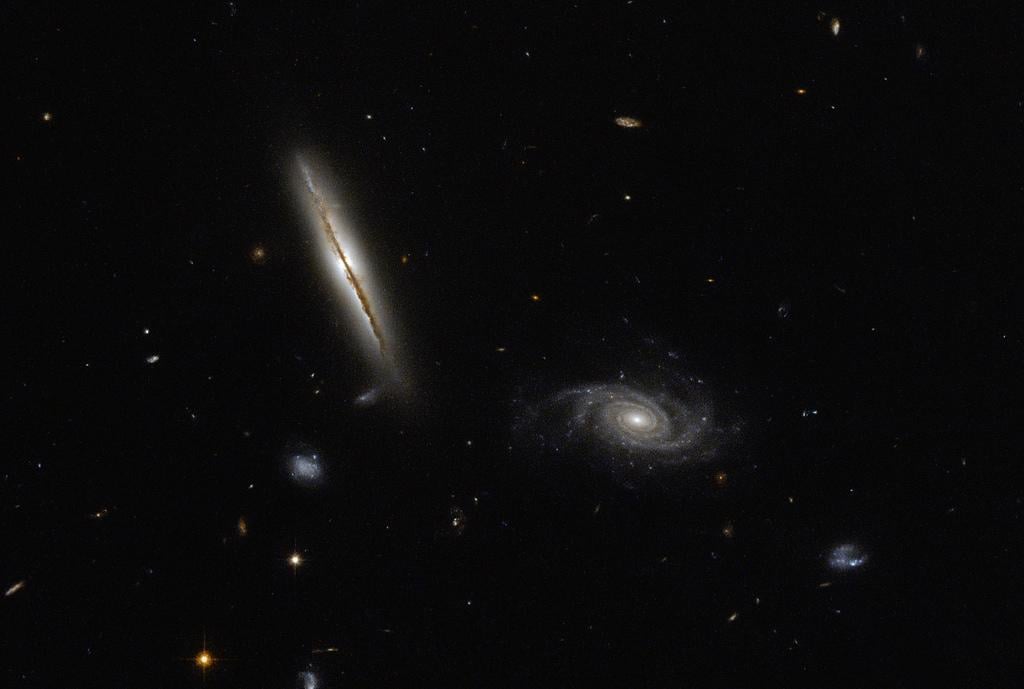
NASA Goddard Photo and Video// Flickr
Eridanus Supervoid: Possible parallel universe?
Size: 500 million light-years
The Eridanus Supervoid is a in the universe. Although CMB cold spots are somewhat common in space, the Eridanus Supervoid cold spot is so large and so cold that it cannot be explained by the same measures as the other cold spots. Some researchers argue that it is actually a supervoid into a parallel universe.
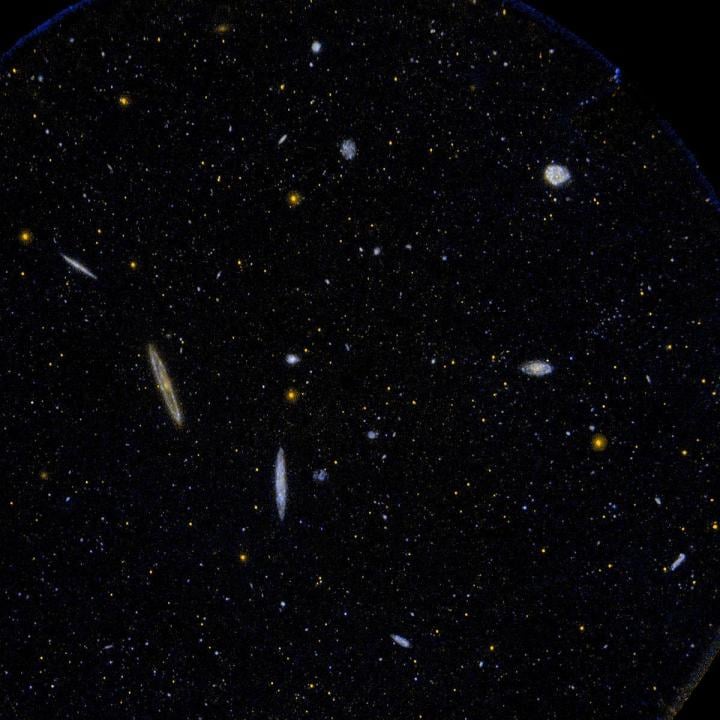
NASA/JPL-Caltech/SSC // Wikimedia Commons
Virgo Supercluster
Size: 110 million light-years
The Virgo Supercluster is home to, the largest 小蓝视频 the Virgo Cluster. This cluster is located within the Pisces-Cetus Supercluster Complex. What we know as the Milky Way galaxy is on the outskirts of the Virgo Supercluster.
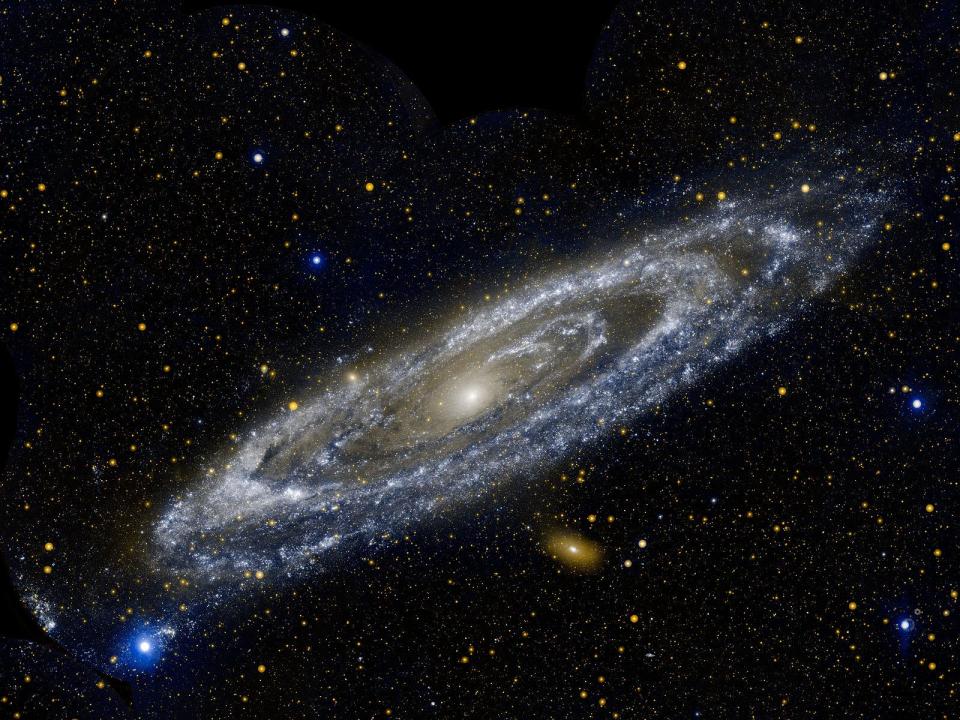
NASA // Wikimedia Commons
Andromeda Galaxy
Size: 150,000 light-years
The Andromeda Galaxy is considered the Milky Way's twin, as they are relatively the same size and similar in shape. It is predicted that these in a few billion years to form an elliptical galaxy, Milkomeda.
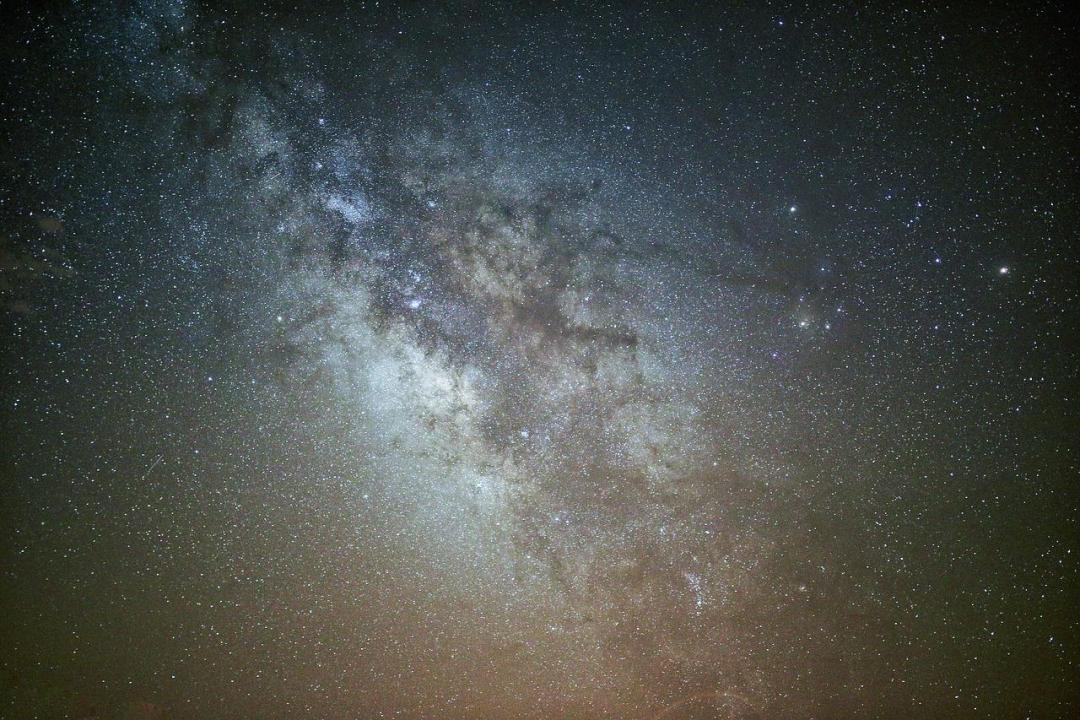
Pixabay
Milky Way Galaxy
Size: 120,000 light-years
The Milky Way Galaxy is where we live. It is a and looks like a milky band of light in the sky when seen in a dark area. There are an estimated 100 billion stars in this galaxy. However, scientists' estimations are based on what they can see from within the galaxy, which has made research somewhat difficult.

Hubble Heritage // Flickr
Sagittarius Dwarf Galaxy
Size: 10,000 light-years
The Sagittarius Dwarf Galaxy is one of the Milky Way's satellite galaxies, as it is only 70,000 light-years away. It is also the and is one of many galaxies in the area, as well as two magellanic clouds (irregular dwarf galaxies). This galaxy was discovered in 1994 and astronomers currently believe it is 小蓝视频 slowly pulled apart by gravity.
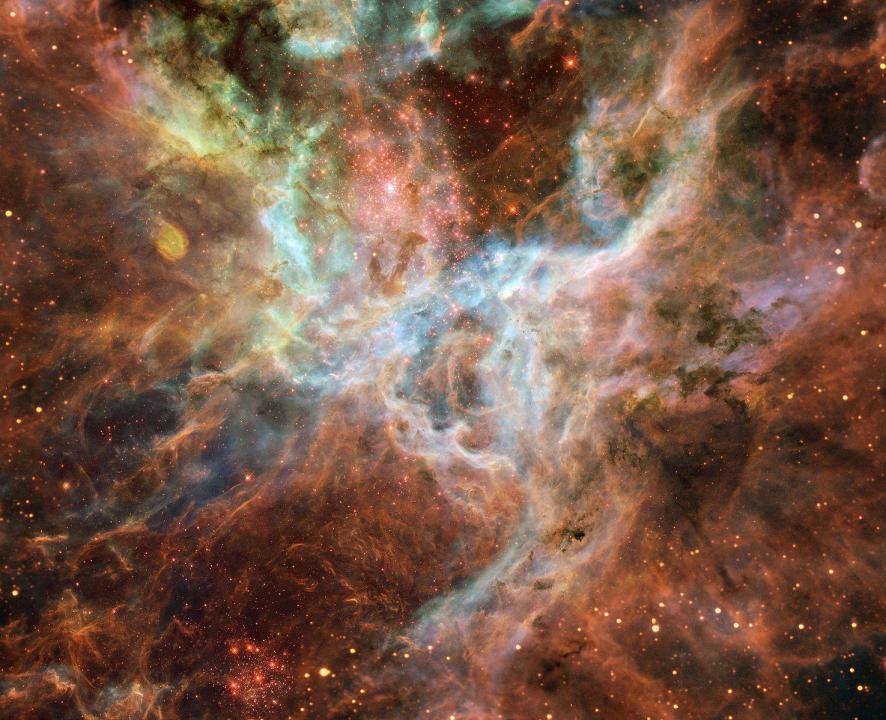
NASA // Wikimedia Commons
Tarantula Nebula
Size: 600–1,000 light-years
The Tarantula Nebula is the. It is extremely violent, with intense radiation, winds, and supernova shocks coming from the center of this massive star. It is also one of the brightest non-stellar objects known in this universe.
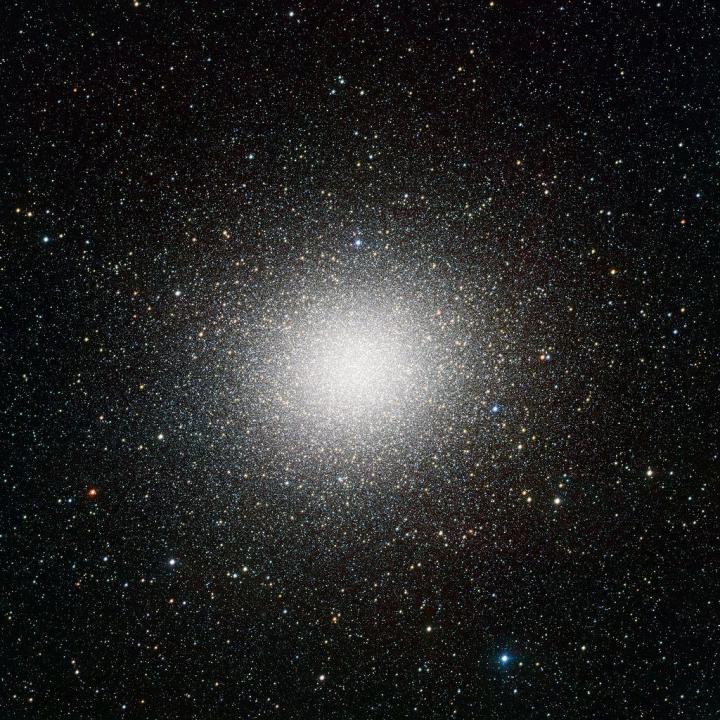
European 小蓝视频ern Observatory (ESO) // Wikimedia Commons
Omega Centauri
Size: 150 light-years
The Omega Centauri is the brightest globular cluster in our galaxy and contains over 10 million stars. Scientists believe this cluster may be the that collided and merged with the Milky Way.
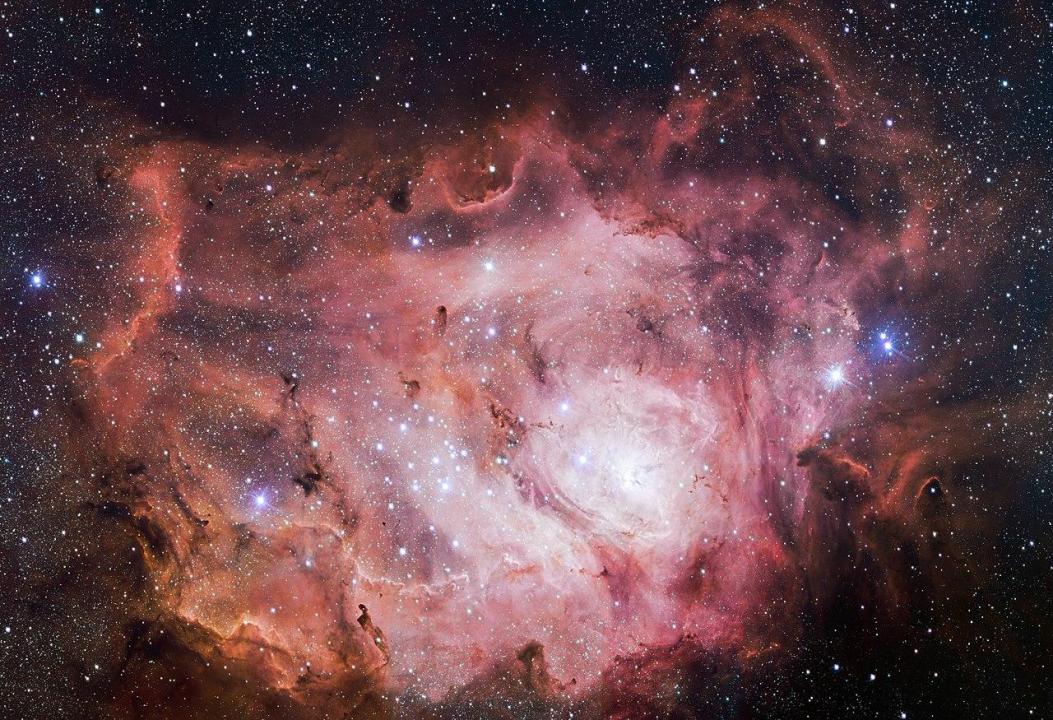
European 小蓝视频ern Observatory (ESO) // Wikimedia Commons
Lagoon Nebula
Size: 110 light-years
The Lagoon Nebula was discovered in 1747 and contains many Bok globules, which are dark collapsing clouds of protostellar material, and many volatile stars. The giant star in the center of the nebula is called and it blasts out ultraviolet radiation, tornadoes, and hurricane-like stellar winds.
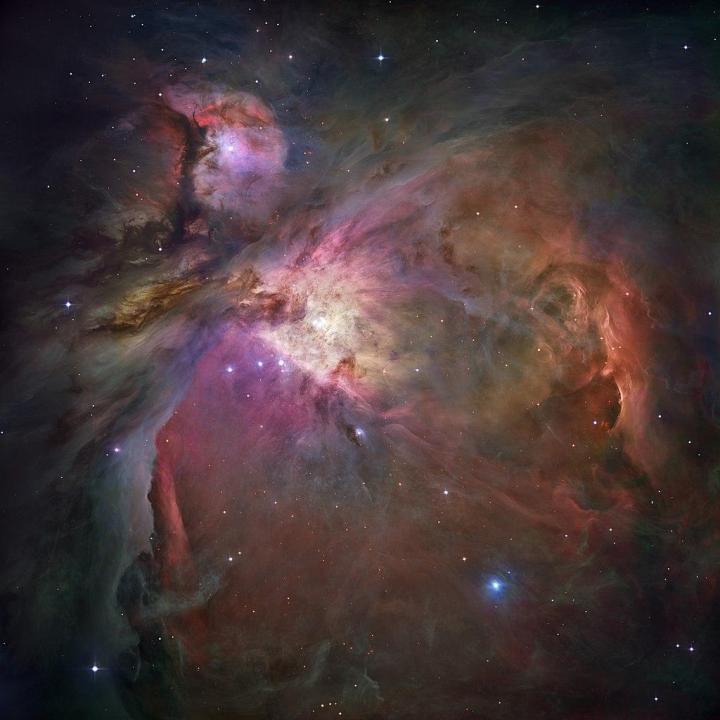
NASA // Wikimedia Commons
Orion Nebula
Size: 24 light-years
This nebula is one of the most visible from Earth, and is its. It lies in the Orion constellation, hence its name. The Orion Nebula is an enormous cloud of dust and gas and many new stars are 小蓝视频 formed within it.
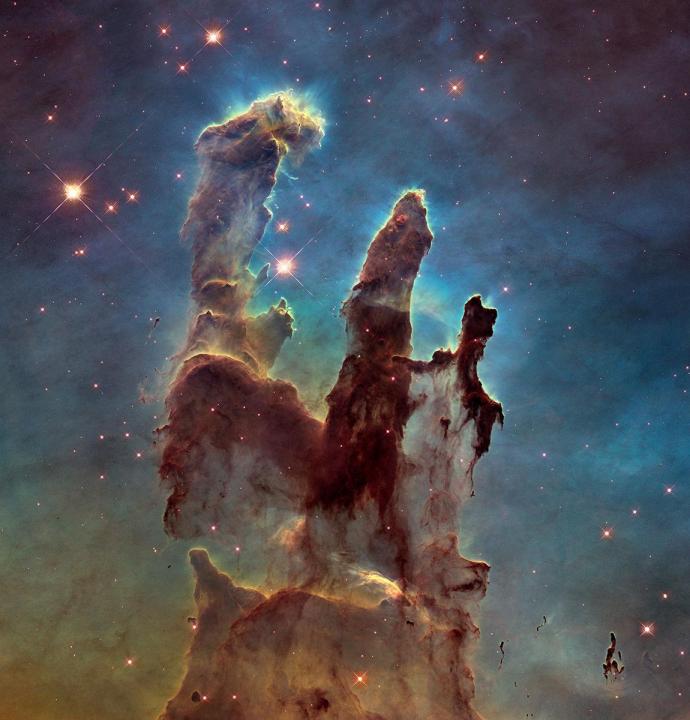
NASA // Wikimedia Commons
The Pillars of Creation
Size: 4-8 light-years
The Pillars of Creation reside within the center of the Eagle Nebula and are made of cosmic dust and gas. They are part of an within the Eagle Nebula and contain many newborn stars within their pillars.

NASA Goddard Photo and Video // Flickr
Oort Cloud
Size: 2 light-years
The Oort Cloud can be found in the outermost region of our solar system at the edge of the Kuiper Belt. It is believed that the Oort Cloud is a the sun, our planets, and the Kuiper Belt. The icy bodies within the cloud are extremely large, bigger in some cases than Earth's mountains.
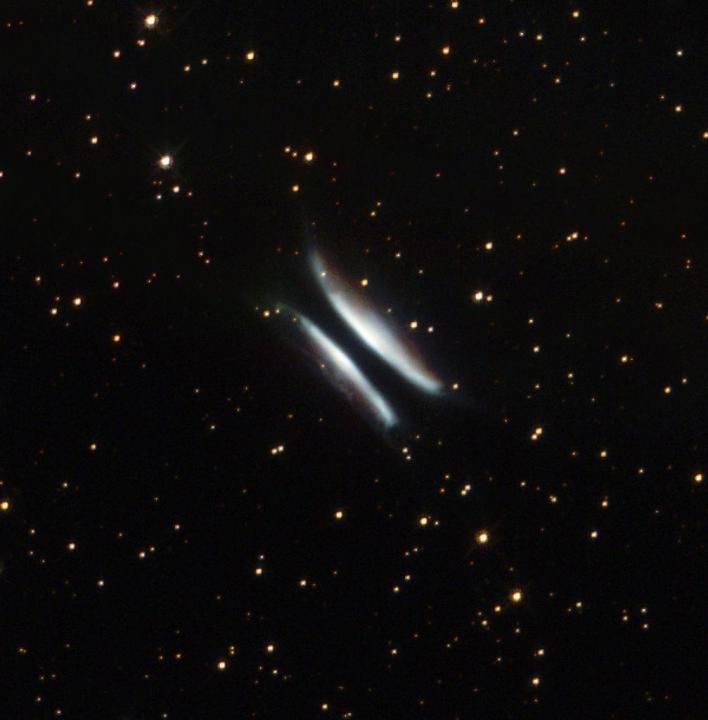
Hubble Heritage // Flickr
Gomez's Hamburger
Size: 2.5 trillion kilometers
is a sun-like star that is emitting large amounts of dust and gas as it nears the end of its life. It will soon become a planetary nebula once the star officially dies, and is 2.5 trillion kilometers large. The hamburger “buns” are light reflected off dust, and the “patty” is the dark strip of dust in the middle.
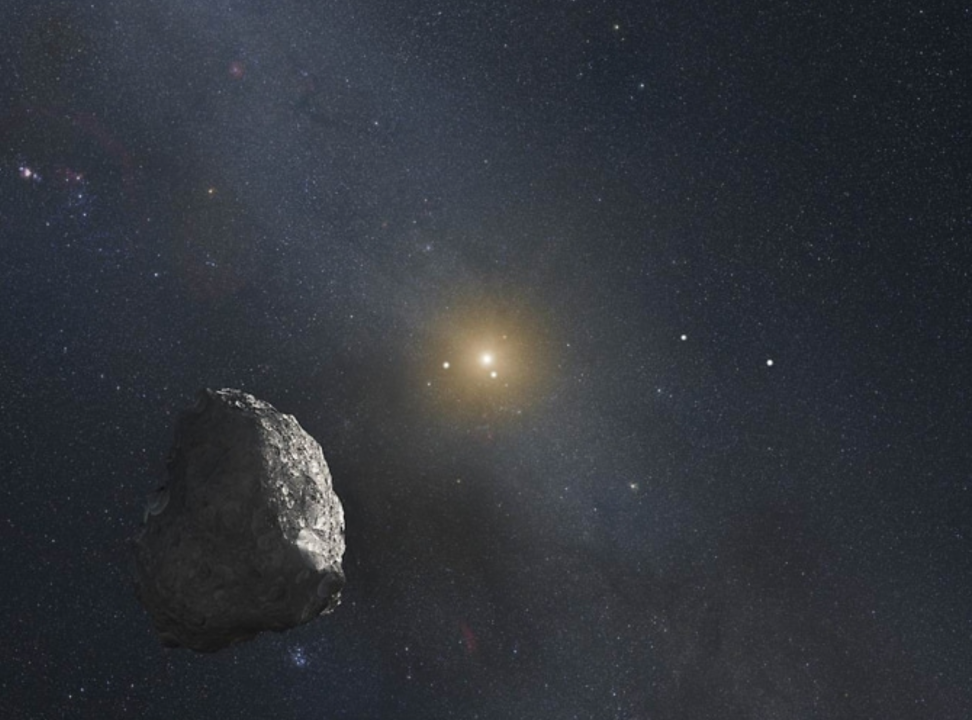
NASA Goddard Photo and Video // Flickr
Kuiper Belt
Size: 1.5 billion kilometers
The Kuiper Belt is an area of leftovers from our solar system's early history. It is a doughnut-shaped ring that contains icy comets and other icy objects. Although in the universe the Kuiper Belt is not a major structure, it is considered one of the.
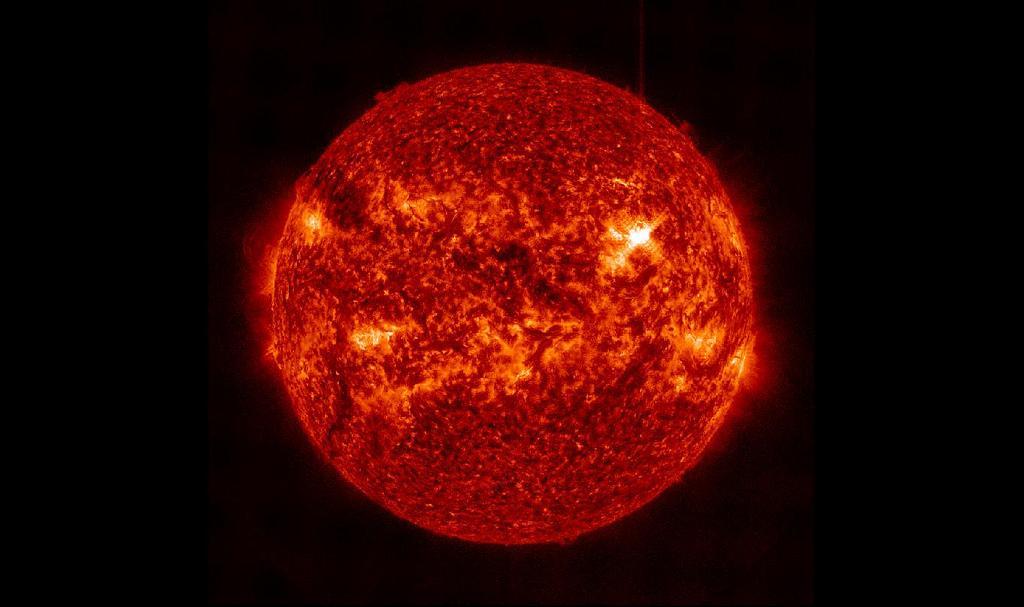
NASA Goddard Photo and Video // Flickr
The sun
Size: 1.4 million kilometers
Although our sun appears to be very large in the context of our solar system, it is actually only an. This star emits large amounts of heat and light, as well as solar winds, which are low-density streams of charged particles. These solar winds, as well as solar flares, are responsible for many occurrences on Earth, such as the aurora borealis.

NASA Goddard Photo and Video // Flickr
Jupiter
Size: 140,000 kilometers
and is as all the other planets combined. It is a gas giant and has over 75 moons. The iconic Giant Red Spot is a massive storm that is roughly double the size of Earth and has been active for over a century.
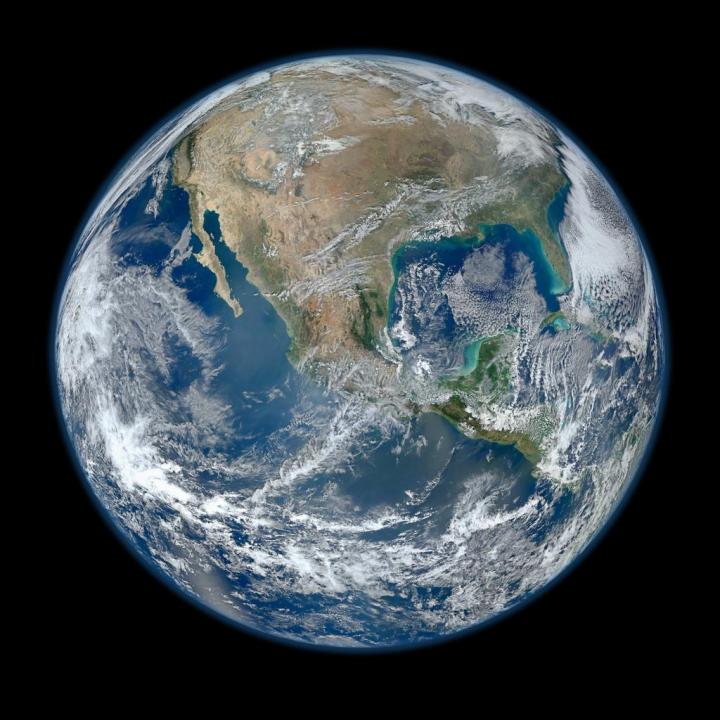
NASA Goddard Photo and Video // Flickr
Earth
Size: 40,075 kilometers
Earth is relatively small compared with other planets and structures found in our solar system and the universe. It only has one moon, which is. It is believed that our planet formed 4.6 billion years ago from a solar nebula explosion resulting in clumps of matter that collided and merged together.

Severin.stalder // Wikimedia Commons
Great Wall of China
Size: 21,196 kilometers
The Great Wall of China, located in Northern China, is the at more than 13,000 miles, and has a 2,300-plus-year history built by different states or dynasties. It was originally intended to be three times the height of a man, though it is not clear if that feat was ever completely accomplished, and parts of it have eroded over time. It was built to stymie invaders and to protect Silk Road trade.

TommoT // Shutterstock
Grand Canyon
Size: 450 kilometers long
The Grand Canyon is a massive national park in Arizona. Not only is it vast in size, containing, but the Colorado River, which carved the canyon, courses across the canyon bottom. Width and depth of the canyon vary, depending on the location.

Edward Emerson Barnard // Wikimedia Commons
Halley's Comet
Size: 11 kilometers
Halley's Comet was in 1705 after he surveyed the orbits of 24 comets and realized that comets that appeared in 1531, 1607, and 1682 had similar orbits. He determined it was actually one comet that had an orbital period of approximately 76 years. The discovery was also notable because it proved that there are other celestial objects in our solar system that are centered around the Sun.

Christopher Burns // Unsplash
Mount Everest
Size: 8.8 kilometers
Mount Everest in southern Asia is part of the Great Himalayas, and is the. Over 4,000 people have climbed it, though almost 300 have died in their attempts to conquer the mountain.

Photo Spirit // Shutterstock
Central Park
Size: 4 kilometers
Central Park is the largest public park in New York City; construction began in 1858 after many years of planning and project proposals. It officially opened in 1876 and is considered to this day.

Romrodphoto // Shutterstock
Burj Khalifa
Size: 828 meters
The Burj Khalifa, located in Dubai, UAE, is the tallest building, the tallest structure, and the. At more than 160 stories, the Burj Khalifa has the most stories in the world, as well as the elevator with the farthest travel distance in the world.

F.G.O. Stuart // Wikimedia Commons
Titanic
Size: 270 meters
The in the early 1900s and was one of the biggest ships for its time. It could hold over 3,500 people and could reach 24 knots (27.6 mph) at full speed. However, it had only been at sea for five days during its maiden voyage when it hit an iceberg and sank in the ocean, on board.

FunkMonk & Fæ // Wikimedia Commons
Tyrannosaurus Rex
Size: 7 meters tall
The Tyrannosaurus Rex was one of the largest meat-eating dinosaurs to ever live. Roughly 12 meters long, seven meters tall and with a 1.5 meters-long skull, this. It became extinct as part of the Cretaceous-Tertiary mass extinction 65 million years ago.

Jehyun Sung // Unsplash
Human
Size: 1.7 meters
Human 小蓝视频s play a large role on Earth, but as far as we know, this is the only planet in our solar system that supports living 小蓝视频s. Compared with other mammals that have lived on the planet,.

Kowit Phothisan // Unsplash
Russell's Teapot
Size: 25 centimeters
In 1952, British Nobel laureate Bertrand Russell suggested that there was a teapot revolving around the sun in an elliptical orbit. The teapot, however, was too small to be seen with a telescope, therefore no one could prove or disprove whether this teapot was actually there. This was used in discussions concerning the existence of God.

Enrico Mantegazza // Unsplash
Ant
Size: 4 millimeters
These tiny insects make up a decent proportion of the land animal/insect population, as there are billions, if not trillions, of ants on the planet. Ants live in, run by the queen ant and operated by female worker ants with the main goal of protecting the colony and continuously reproducing.

Ed Uthman // Wikimedia Commons
Human egg
Size: 120 micrometers
An ovum, or a human egg, is the. Because of its size, a human egg can be seen with the naked eye, without the aid of a microscope.
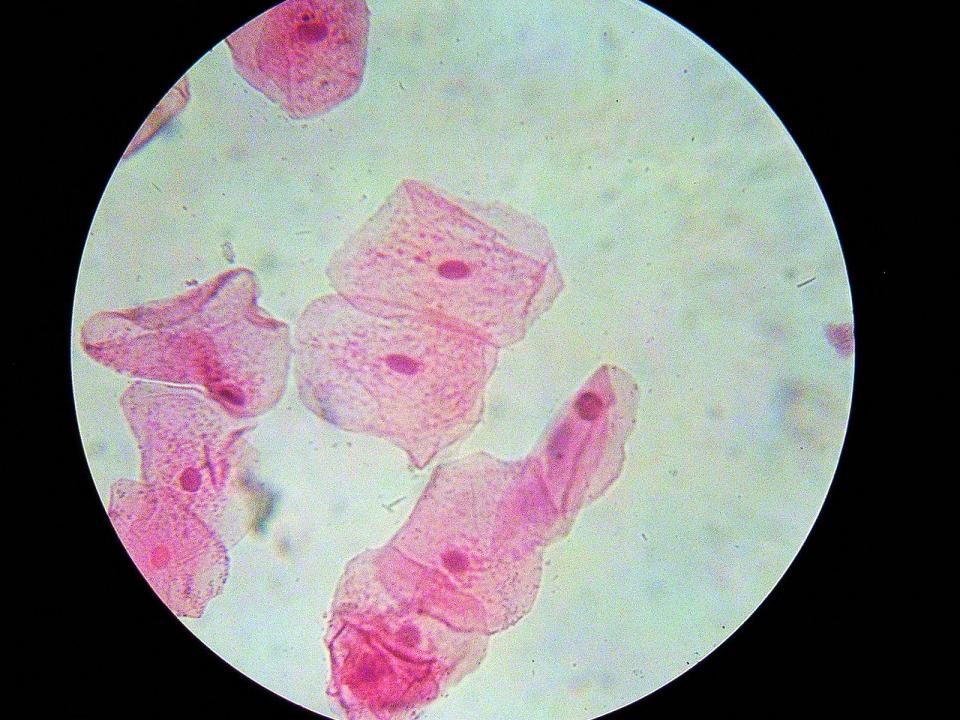
Mulletsrokk // Wikimedia Commons
Skin cells
Size: 35 micrometers
Skin cells, also known as keratinocytes, develop from the bottom, or basal layer, and until they reach the outermost surface where they shed. By the time they reach the outermost surface, these cells are dead and are at their strongest protection.

Pixabay
Mist droplet
Size: 20 micrometers
Mist droplets can somewhat reduce visibility, as well as so rays of light shine through them. Rainbows are formed when there are mist droplets in the air after a rainstorm and the sun shines through them.

Pixabay
Width of silk fiber
Size: 15 micrometers
in many parts of the world and is used in clothing and other fabrics and textiles. It is produced by silkworm larvae, and certain types of silkworms, such as the mulberry silkworm, are more valuable than others.
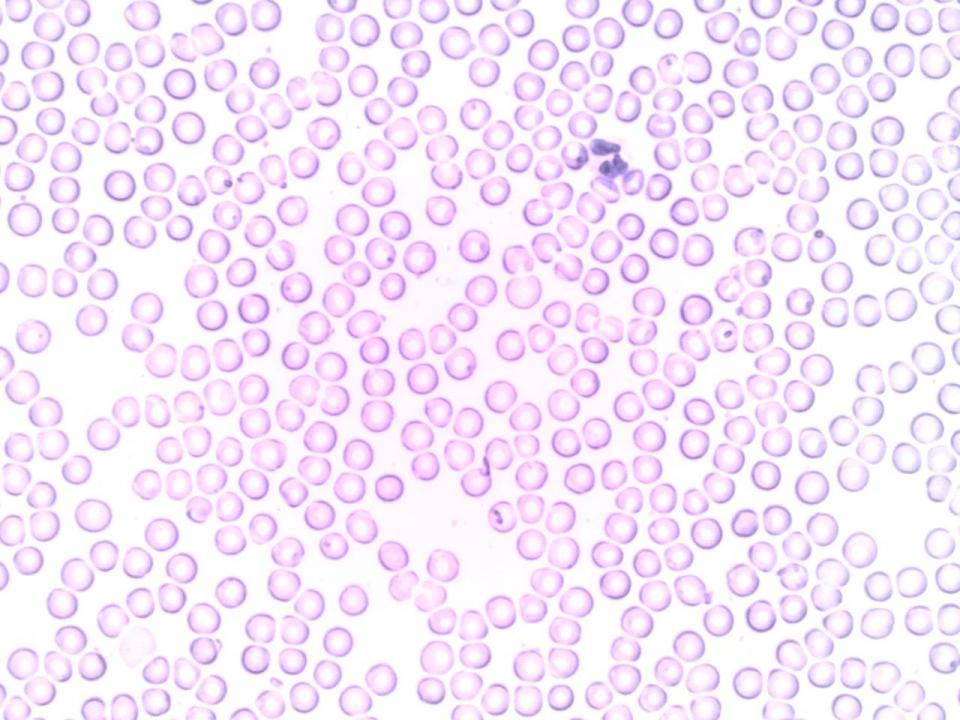
Pixabay
White blood cells
Size: 10 micrometers
White blood cells, although only making up about 1% of our blood, are. These cells flow through the bloodstream and fight off viruses, bacteria, and foreign bodies that can threaten our health.

Pixabay
Red blood cell
Size: 7 micrometers
, circulating throughout the body once every 20 seconds. They are small and circular, with a dent in the middle to allow for more surface area and easier transportation of life-giving oxygen.

CI Photos // Shutterstock
The powerhouse of the cell: mitochondria
Size: 4 micrometers
Mitochondria are known as the, as they fuel our metabolism by turning oxygen and nutrients into energy. Mitochondria are essential to survival, and there are trillions of mitochondria in our bodies.

CHIARI VFX // Shutterstock
X chromosome
Size: 4 micrometers
The X chromosome is the. Females have two X chromosomes, while males have one X chromosome and one Y chromosome. It was first discovered in 1890 by Hermann Henking in Leipzig, Germany.

Pixabay
Red light wavelength
Size: 680–750 nanometers
Red light wavelength is the and has the longest wavelength of all the colors. The wavelength indicates that the energy of the light, or its photons, is very low.
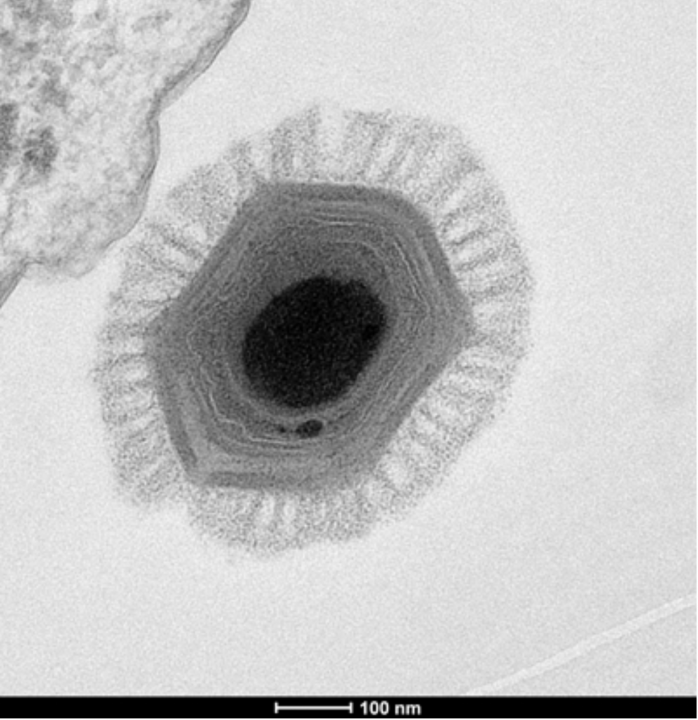
Chantal Abergel // Wikimedia Commons
Largest virus: megavirus
Size: 440 nanometers
The megavirus was discovered in 2010 by a group of scientists involved in the research of the mimivirus, which was the largest virus until the megavirus was found. Although the megavirus is slightly smaller in size than the mimivirus, its DNA genome—complete set of DNA—is much larger, containing.

Pixabay
Smallest thing visible with an optical microscope
Size: 200 nanometers
This is the smallest size an can see. This microscope is commonly found in high school or college labs.

Roingeard // Wikimedia Commons
HIV
Size: 90 nanometers
HIV is a virus that attacks the body's immune system and causes AIDS. Less than has HIV. Although this virus is extremely small, it is extremely powerful and often fatal. There is currently no cure for AIDS.

Pixabay
DNA
Size: 3 nanometers (width)
Deoxyribonucleic acid (DNA) stores genetic information in humans, as well as almost every other living thing on Earth. DNA strands contain about 25,000 genes and a single human cell contains roughly three meters of DNA., even though on the outside we may look different.
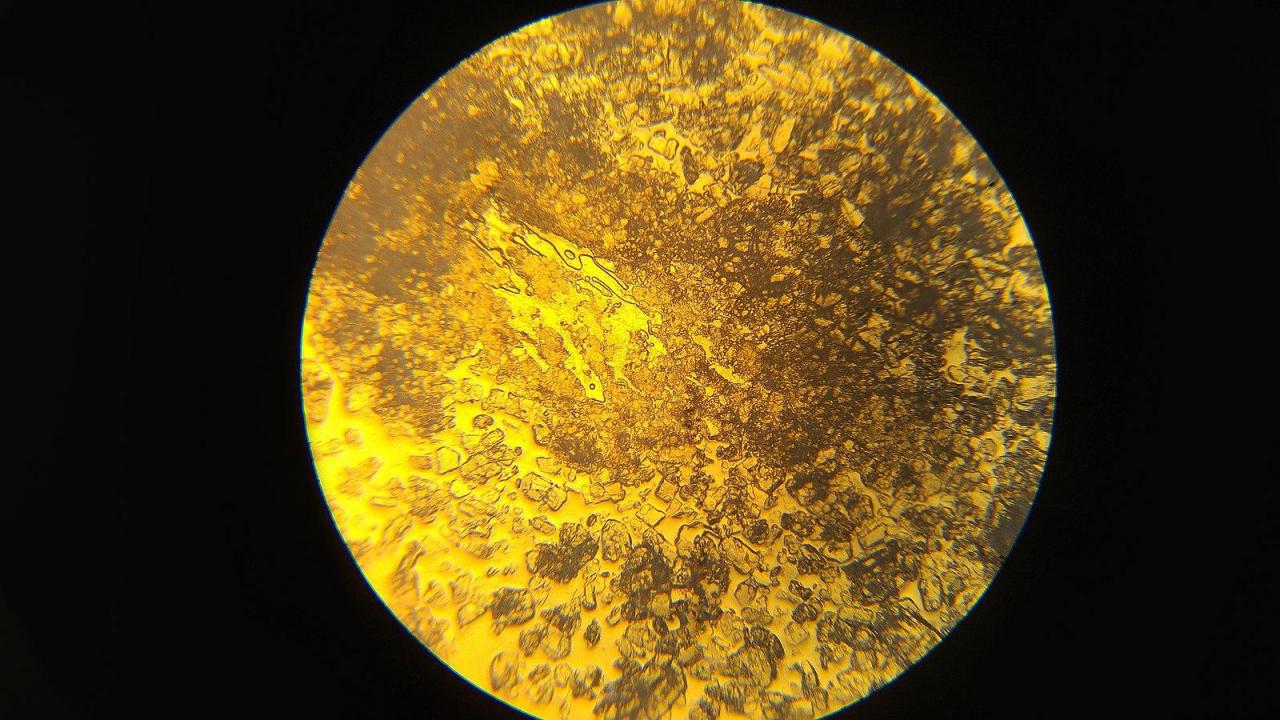
Pyre42 // Wikimedia Commons
Glucose molecule
Size: 800 picometer
that humans use for energy. Plants produce glucose through photosynthesis and turn it into complex sugars. When humans eat plants or animals that have eaten plants, we break down these complex sugars into glucose.

WillowW // Wikimedia Commons
Alpha helix
Size: 500 picometer
The alpha helix is one of the secondary structures of proteins and many proteins contain alpha helices. Two proteins, hemoglobin and myoglobin, are made up of about 70% alpha helices.

bobyramone// Shutterstock
Water molecule
Size: 280 picometer
Water is composed of two hydrogen elements bonded to one oxygen element. It is the (solid, liquid, gas) on Earth. As a universal solvent, it dissolves more substances than any other liquid. The physical water molecule.

Emmily // Shutterstock
Most abundant element in the universe: hydrogen
Size: 31 picometers
Hydrogen consists of one proton and one election and is the in the universe, making up about 75% of the mass of the universe. It is the simplest and lightest element found on the periodic table.

European 小蓝视频ern Observatory // Flickr
Gamma ray wavelength
Size: 1 picometer
Gamma rays have an extremely high frequency and can come from radioactive decay or other nuclear reactions. They are the on the electromagnetic spectrum. Gamma rays can be produced from processes that occur in black holes and pulsars.

Ezume Images // Shutterstock
Proton size
Size: 0.000000000000001 m
The size of a proton has long been debated by scientists. Disputes over how to accurately measure protons prevented an agreed-upon calculation. However, in 2010 a new kind of experiment was performed by the Paul Scherrer Institute in Villigen, Switzerland, using a that allowed scientists to more accurately estimate the proton's radius.

Alex Sukontsev // Flickr
Quantum foam
Size: 0.0000000001 yoctometers
The falls under quantum mechanics, a branch of physics that examines how light and matter operate at atomic scales. Quantum gravity models claim that space-time is composed of tiny foaming regions that blink in and out of existence, similar to bubbles in a can of soda. Since there is no such thing as empty space, these “bubbles” coming in and out of existence are known as quantum foam.
